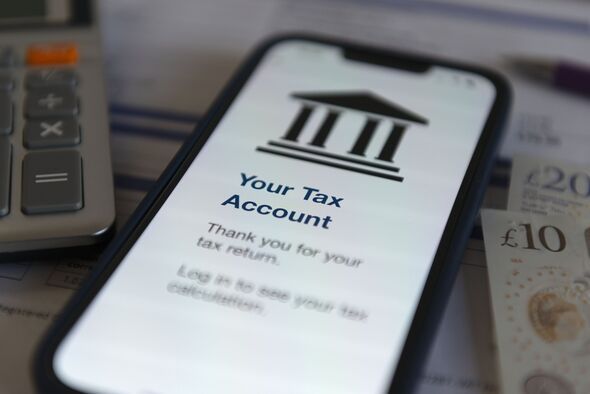

Payslip taxcodes may appear to be merely a jumbled collection of letters and digits, but they play a vital role in calculating how much tax is deducted from your earnings. Should these codes be wrong, you might be entitled to a rebate worth hundreds or even thousands of pounds.
While it's tempting to ignore this code when your salary lands in your bank account, it's vital to verify its accuracy for your circumstances. HMRC calculates each individual's code using their 'tax-free Personal Allowance and income you have not paid tax on'.
This encompasses untaxed interest and part-time savings, plus the worth of perks such as a company vehicle. According to the Government, the most prevalent code for people with a single job or pension is presently '1257L'.
The 'L' within this indicates you qualify for the standard tax-free Personal Allowance - the sum you can earn annually before tax liability begins. This amount currently stands at £12,570, explaining the '1257L' designation.
"You're entitled to the standard tax-free Personal Allowance of £12,570, but you also get medical insurance from your employer," official Government advice reads. "As this is a company benefit it lowers your Personal Allowance and changes your tax code.
"The medical insurance benefit of £1,570 is taken away from your personal allowance, leaving you with a tax-free Personal Allowance of £11,000. This would mean your tax code is 1100L."

Full list of HMRC tax codes:
Certain payslips may also feature tax codes featuring 'W1', 'M1', or 'X'. These typically signal 'emergency circumstances' that occur during significant life changes such as commencing new employment, receiving company perks, or starting to collect a State Pension.
Spotting a 'K' at the beginning of your tax code also signals an alternative taxation approach, potentially because you're clearing last year's tax through your present earnings or pension.
The Government's advice continues: "Your employer or pension provider takes the tax due on the income that has not been taxed from your wages or pension - even if another organisation is paying the untaxed income to you."
Moreover, it notes: "Employers and pension providers cannot take more than half your pre-tax wages or pension when using a K tax code." Should you believe you've been wrongly taxed on your earnings, the Government offers an online form that might enable you to claim a refund.
Experts at RIFT reveal that the typical sum recovered in tax rebates throughout the UK stands at £3,000, according to its analysis using 'average total claims data for a four-year period'.
You can check your tax code for the current year here and access the HMRC website here.